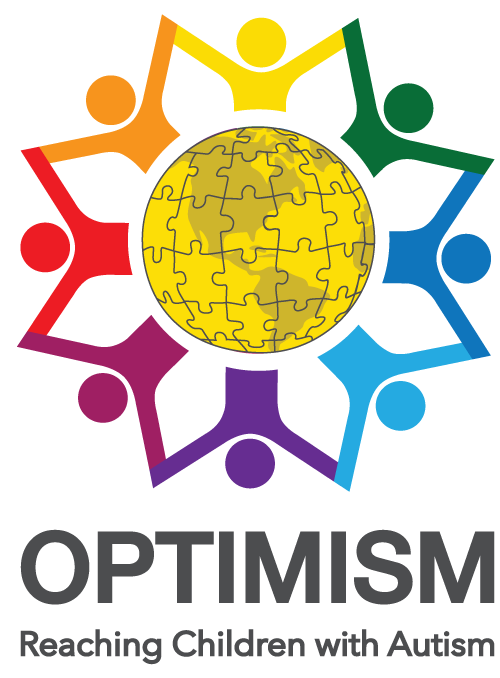Learn more
Training
The training manual is your first step in using the materials in the kit. Please read the sections of the training manual that match your needs and use the materials that are explained in that section. If your most pressing concern is a child who is a picky eater, find that section in the manual’s table of contents and read that section. If your primary concern is a child with autism who is nonverbal, you might select the section on Visual Communication System. On the other hand, you may choose to read the entire manual straight through and then begin with whatever section seems most pertinent for implementation. In this way, you may differentiate or individualize the kit for the needs of the specific child.

Learn more
Training
The Optimism Kit contains a considerable amount of information about autism and children who have it. The Kit also includes a significant number of tips and strategies for reaching children with autism. In order to differentiate for each child with autism who is being taught, a number of ways to use the materials in the kit are recommended.
1
Readers may use the table of contents to find the topics that are most important to them and begin use of the Kit at any point.

2
The teacher or parent may select the most important words in the visual communication system with which to begin teaching communication, then selecting more words as the child is ready for more variety in vocabulary.

3
There are lists of ideas for children making art; simple tasks that children may learn early In their education; physical activities; life skills and more that may be encouraged. These lists are intended to provide choice to the user of the kit so that individualization for the needs of each child is possible.

4
An individualized education plan template is provided and a plan may be developed for each child annually with individualized goals for learning and behavior identified.

5
Ten principles for reaching children with autism are identified. Readers may choose the principles that make the most sense to them first.

6
Two different daily schedules (one for day schools and one for residential schools) offer suggestions for what activities may make up a learning day for children with autism. Readers may select items from either schedule to match with the needs of their children.

7
Parents who are struggling to accept an autism diagnosis may wish to start with the Characteristics of Children with Autism, the Optimism: Autism Checklist, and the Reason for Optimism sections.

8
In each case, there is more than one way to meet the general principles that are provided. Trial and error will be necessary to determine what works best for an individual child with autism. Some strategies may not work for some children, and other strategies should be employed until one is found that works for the individual child.

© Optimism Kit. All Rights Reserved.
